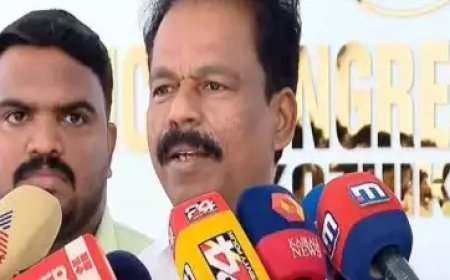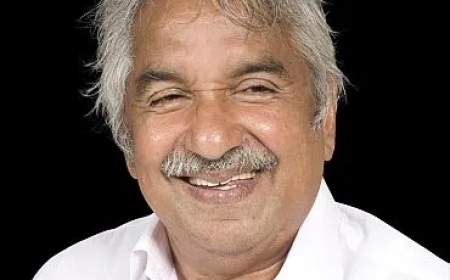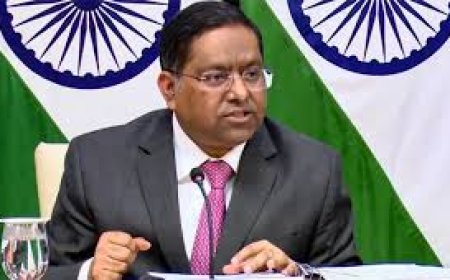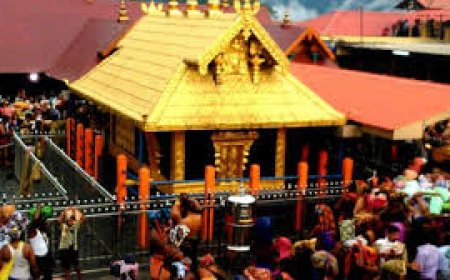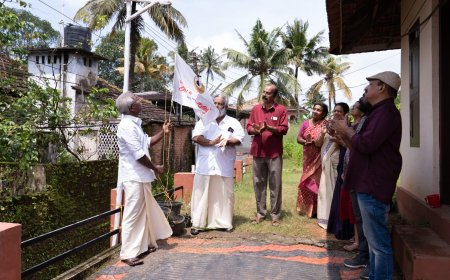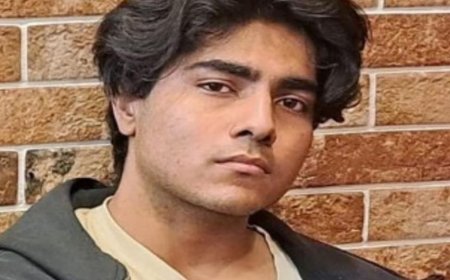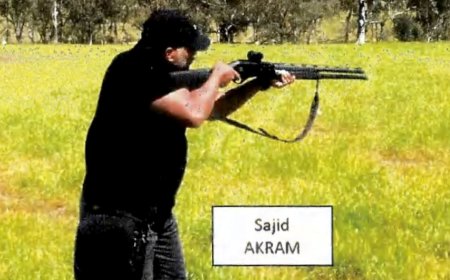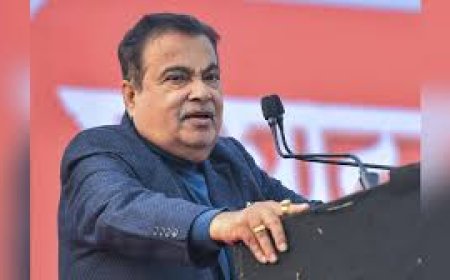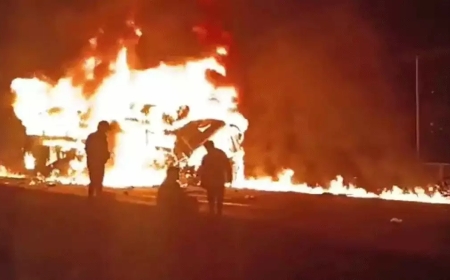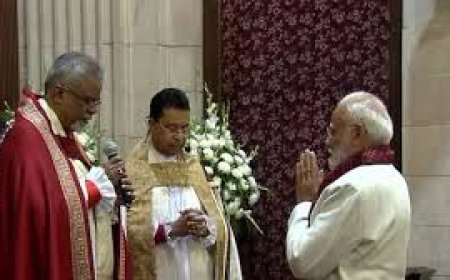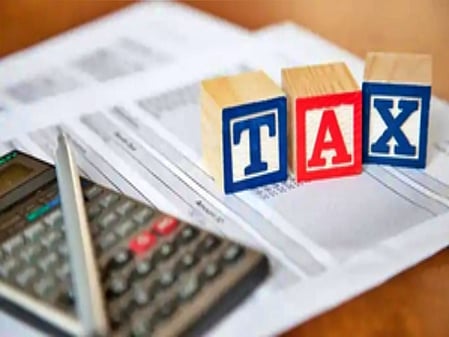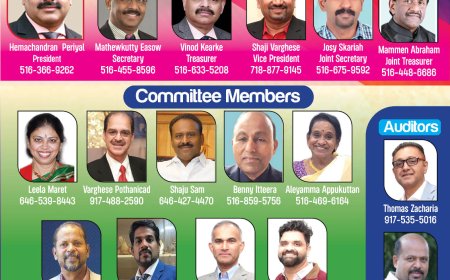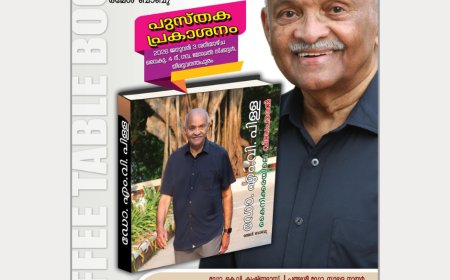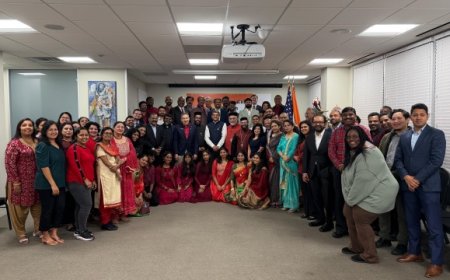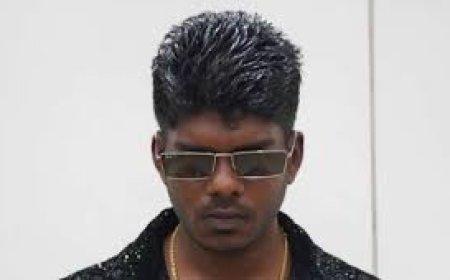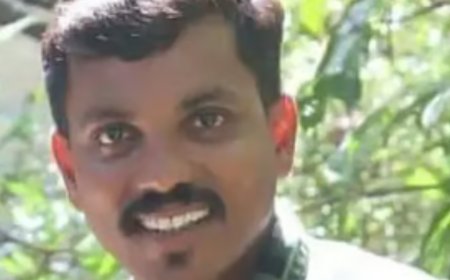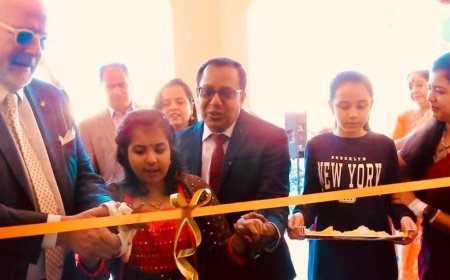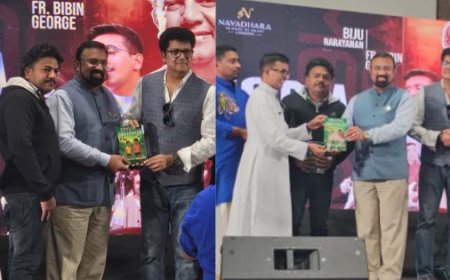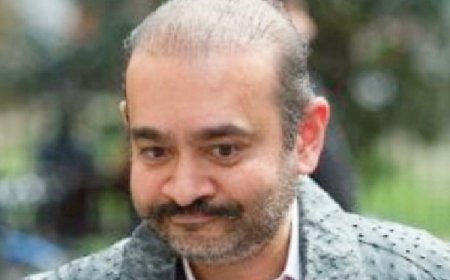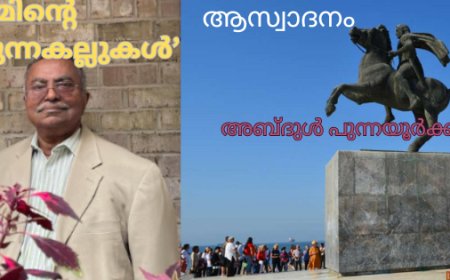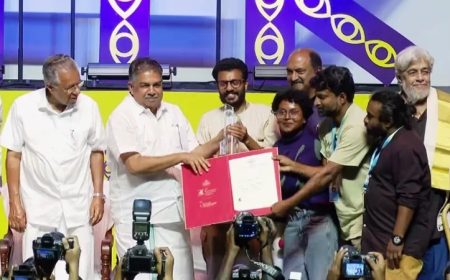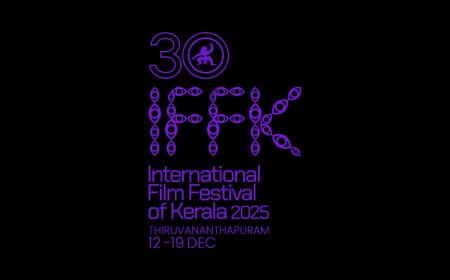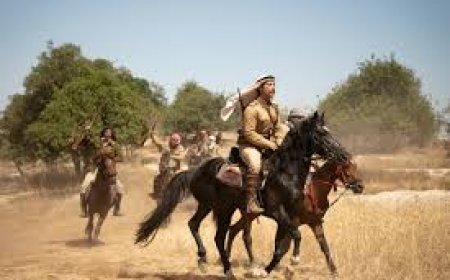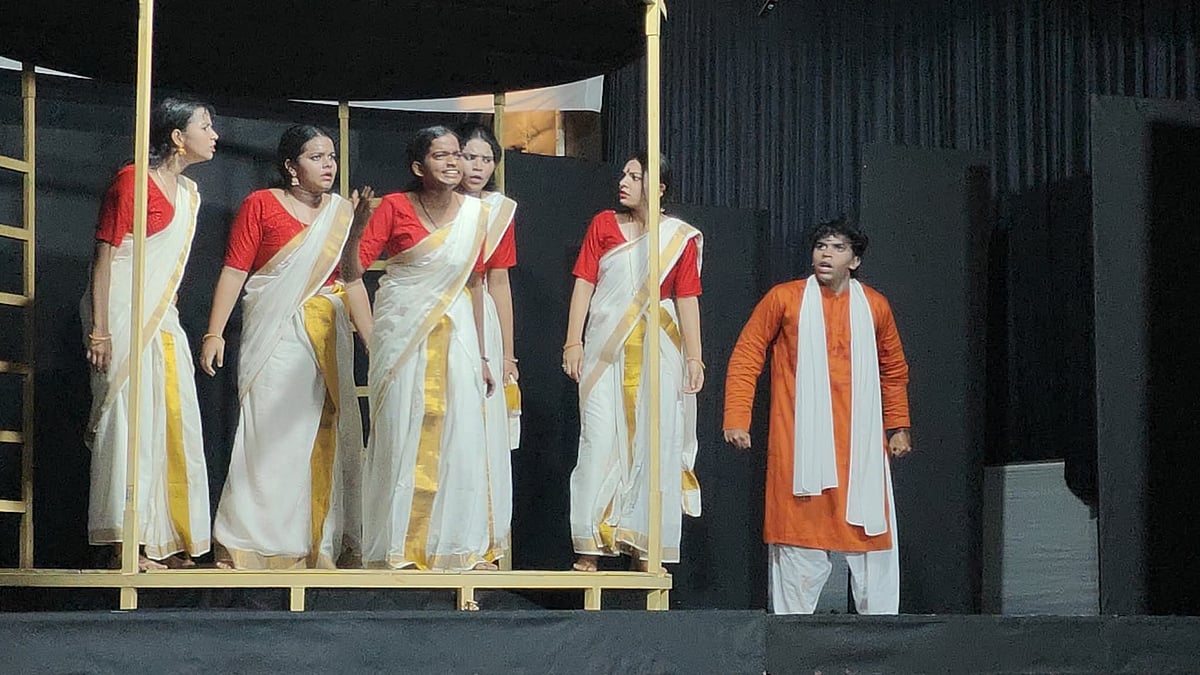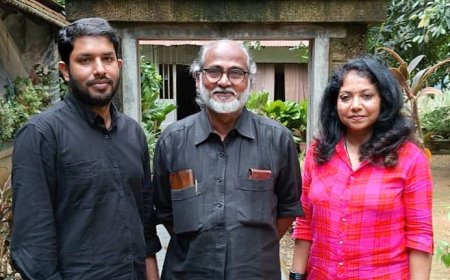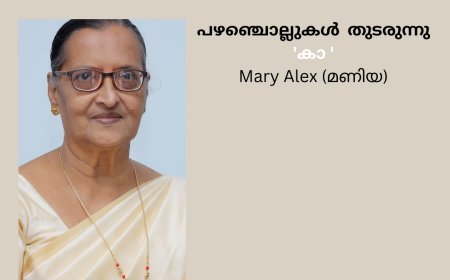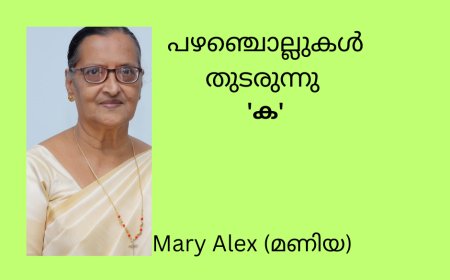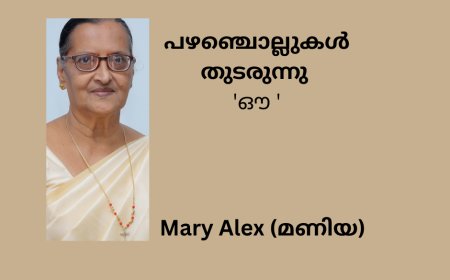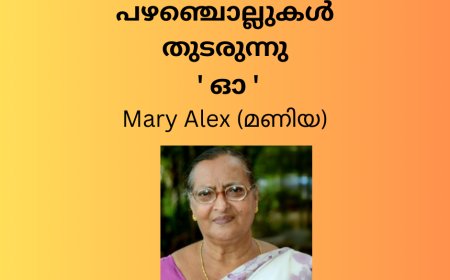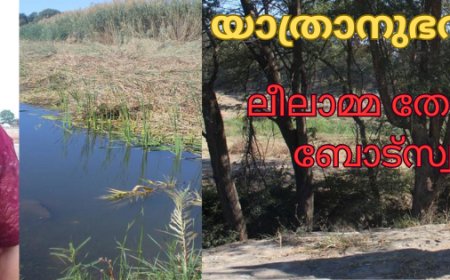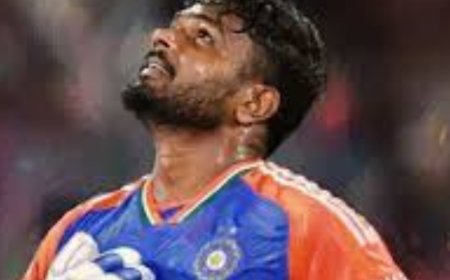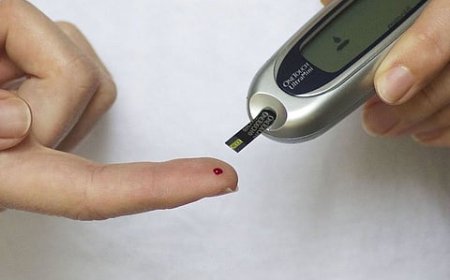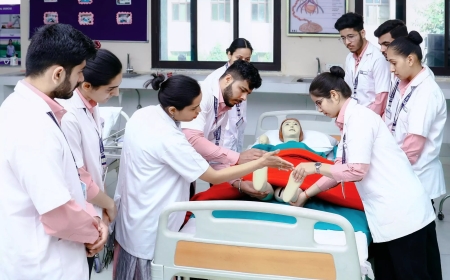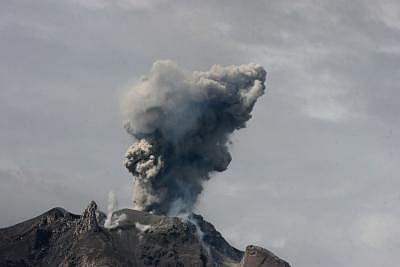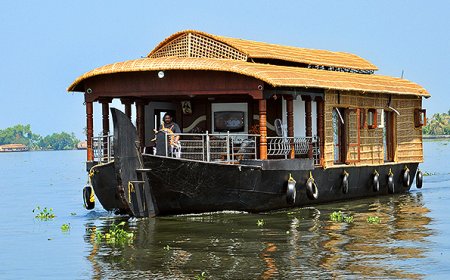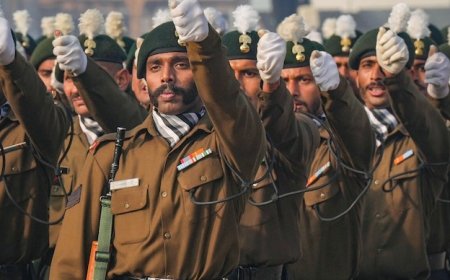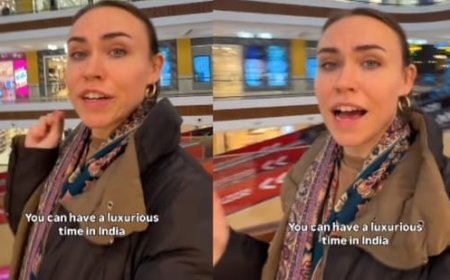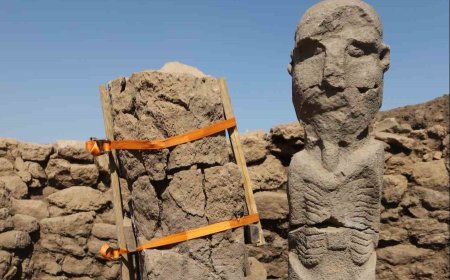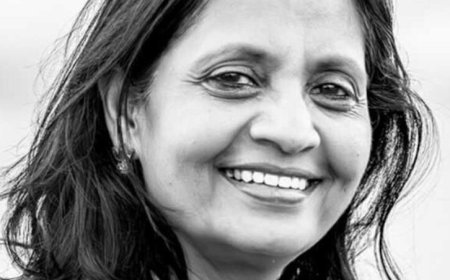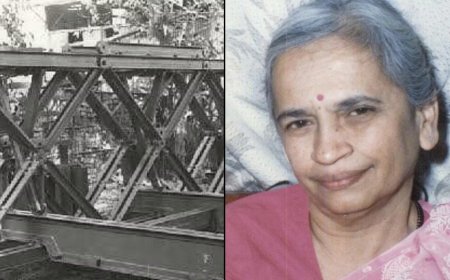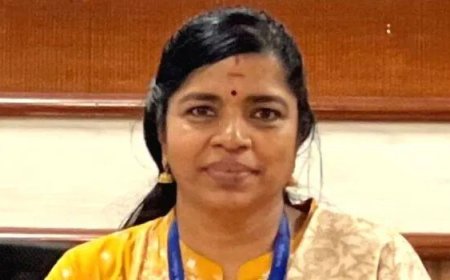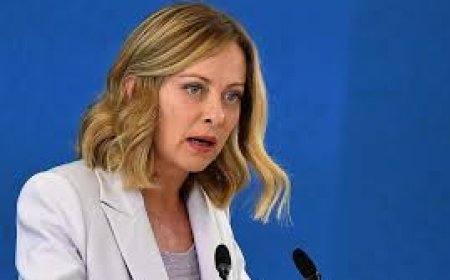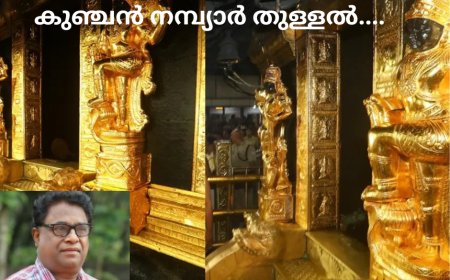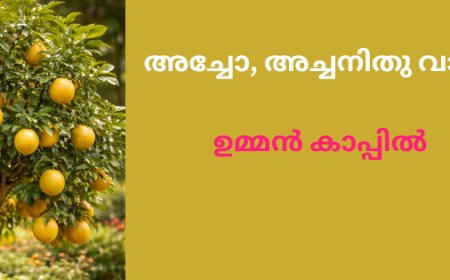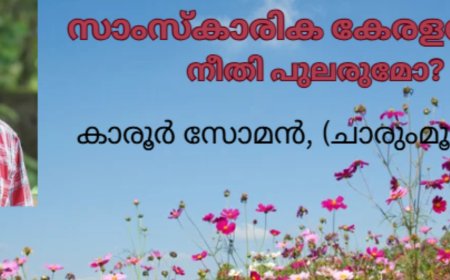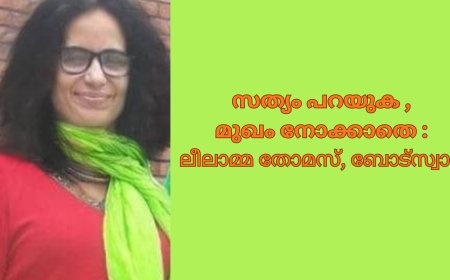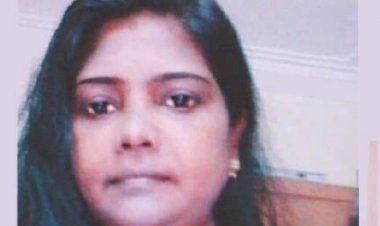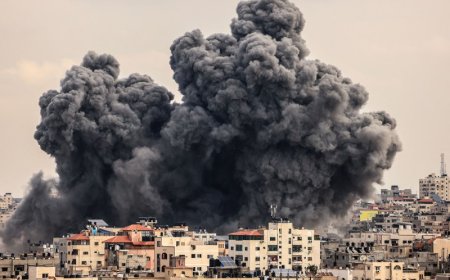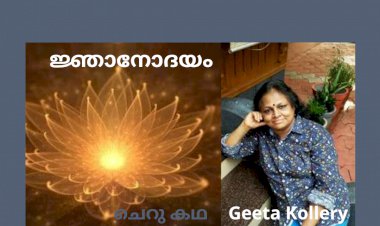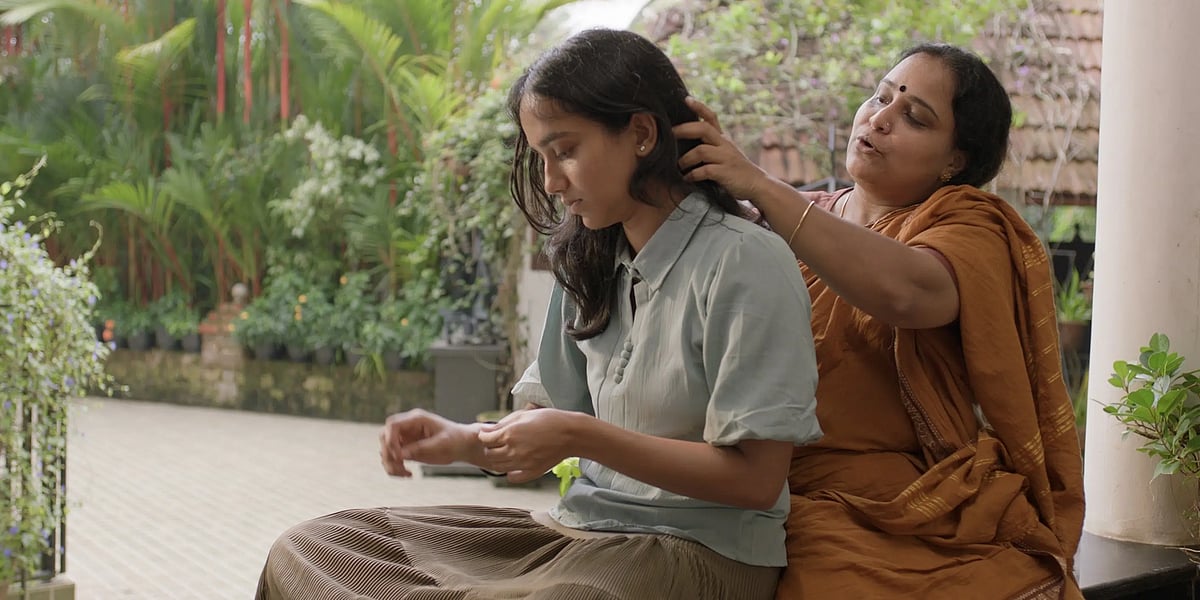Musings: Welfare scheme that created mass debtors
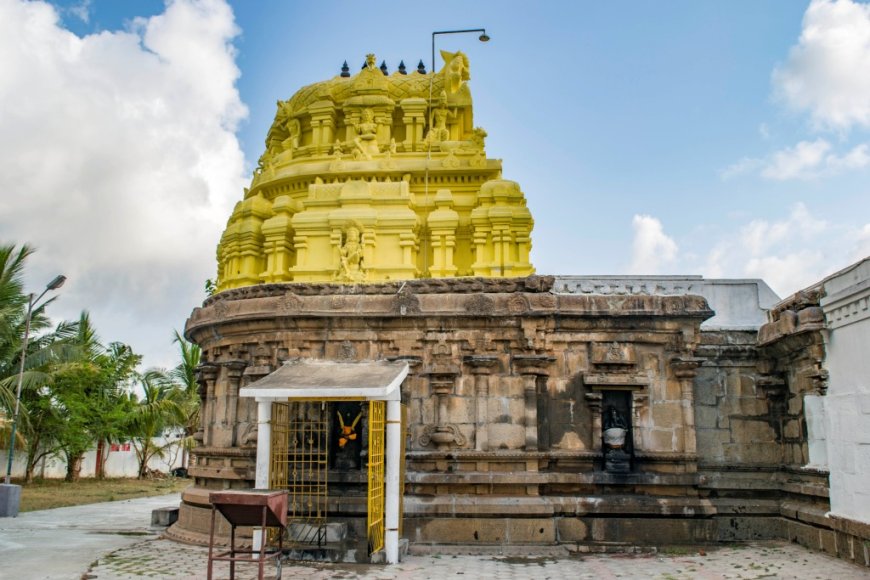
`Agniveer' scheme may or may not be good. But on reading the objections to the scheme from major political parties, I was reminded of an old`Rural Reconstruction Project (Model Village)' of the emergency-fame (1975-77) that turned almost half the population in a Tamil Nadu village into mass debtors.
A hilarious but sad commentary on hastily implemented government schemes. When I visited this village 22 years later in 1999 to do a follow up story on the model village, what I had learnt and witnessed was the aftermath of yet another government-sponsored but skewed populist programme.
It had turned almost all adult members of the village into mass debtors. For nearly 10 years, civil cases went on against the villagers for the recovery of loans that were forcibly given to them under the `Rural Reconstruction Project’.
********************************************************************************************************************************************************************************************************************************************************************************************************************
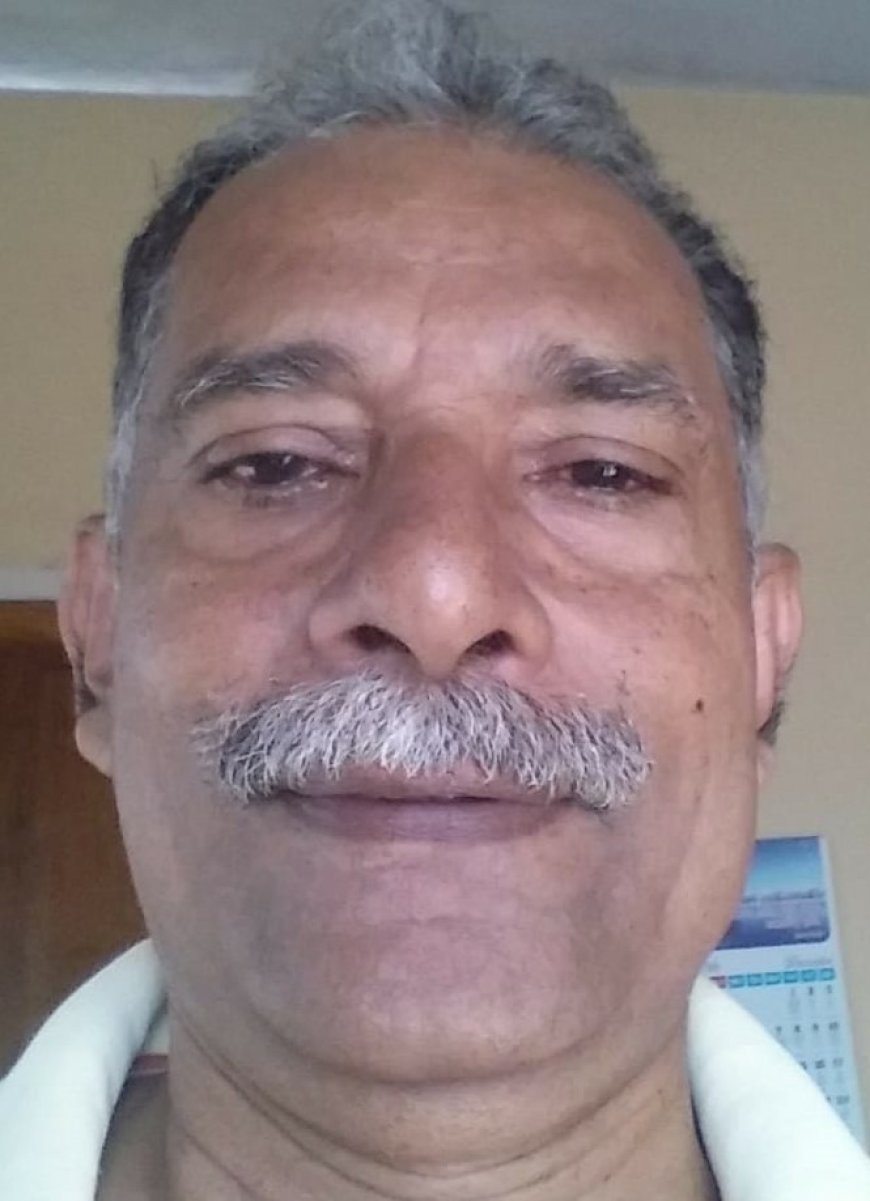
By Thomas Kannamala.
IN 1977, Somangalam village near Chennai City was just like hundreds of other villages in Tamil Nadu. No protected water supply, paved roads and electricity. Most of the villagers eked out a living from agriculture, dairy and weaving. Life was hard.
It was during this time that the then Indian Prime Minister Indira Gandhi decided to choose this village and develop it into a model village to serve as a showpiece for other villages in the country. As the country was under a state of emergency (1975-77) and Tamil Nadu under the President’s rule, there was no note of dissent against the decision of the all-powerful Prime Minister of the emergency fame.
When I visited this village 22 years later in 1999 to do a follow up story on the model village, what I had learnt and witnessed was the aftermath of yet another government-sponsored but skewed populist programme. It had turned almost all adult members of the village into mass debtors. For nearly 10 years, civil cases went on against the villagers for the recovery of loans that were forcibly given to them under the `Rural Reconstruction Project’.
Recalling the tension-ridden days, a farmer L Navaneethakrishnan said that his father Lakshmana Naidu died as a debtor in 1986. “We started breathing easier again in 1989 after the then Prime Minister V P Singh had cancelled all rural debts below Rs.10,000,” he sighed.
To inaugurate this project, Mrs Gandhi landed at Somangalam village on February 15, 1977, in a hastily built up helipad and formally inaugurated it. She explained to the villagers that under the scheme, villagers were set to improve their agricultural techniques, raise dairy, poultry/duck farming, and develop traditional jobs like weaving and other petty trades.
“This visit greatly helped us” Navaneethakrishnan continued. “The helipad was later converted into a basketball court, and villagers used it to dry their agricultural produce.”
But many other villagers had only bitter memories of what had followed. It was mostly because of the compulsion that officials had to obey all orders and `produce results’ and the media gagged. Within weeks, a police station, a veterinary hospital, the Primary Agricultural Co-Operative Bank, a new branch of the State Bank of India, a Milk Producers Society, an open-air cinema theater and a 10-bed hospital with mortuary came up in Somangalam. “We felt as if we won a Rs.five crore lottery,” commented Govinda, a roadside cobbler.
A Livestock Inspector M N Rajamani remarked that if the development was systematic and well monitored, it would have been a great innovation. “But the officials had implemented it in a mechanical way so that the whole scheme had collapsed”.
Immediately after the Prime Minister left, the officialdom moved into top gear. About 2500 families have been selected for the `Model Village Scheme’ (MVS). Majority of them did not possess any special skills and were only semi-literate. So the officials decided to supply them with milch buffaloes to improve their minimum earnings to Rs.400/- a month, as envisaged in the scheme.
The animal husbandry department soon allotted 900 milch buffaloes. Rajamani pleaded his inability to find takers in the village for these many animals. The assistance of cops from the newly opened police station was sought and promptly given. The distribution became very easy. The villagers who earlier declined to accept even one buffalo had readily agreed to take two each. The cops impressed upon them that each of them would need to take two more animals after six months so that there could be milch animals in their homes round the year.
Rajamani sent a report to his higher-ups that the animals had been allotted to the beneficiaries, and they were willing to take more animals in the coming months. (He did not mention that the recipients were mostly Weavers, Artisans, Barbers, and Irulars (traditionally snake-catchers). A cycle repair shop owner closed his shop and converted it into a cattle shed. This was because, after allocation, the new owners were warned in police presence that if the animals were not well looked after or found missing, they would be taken to task.
Each animal was priced Rs.1800, and the subsidy content varied from 25 to 50 percent depending on the recipient’s community. The initial payment was managed through the Bank.
With the fear of `emergency’ looming large in the background, many villagers withdrew their children from school and deputed them to tender cattle. Grazing grounds were not available for the hundreds animals dumped in to the village; several of them died of starvation. The officials told owners that there was no rule to provide fodder.
A few months later, came the monsoon. In the absence of cattle sheds, many animals died of diseases. The owners of died animals were happy, because the Insurance companies had agreed to repay the loans in the event of death. Rajamani suspects that taking a cue from this, several owners had deliberately allowed their animals to die to escape the impending debt trap.
A Weaver P Ponnambalam (his wife P Meenakshi was the president of Somangalam Panchayat) said a scandal in the local milk co-operative society was the last nail on the scheme. As per the agreement, the buffalo owners were to sell the milk only to the society. A slice of the price would be adjusted every day towards the bank loan. The directors of the society had swindled this money, and when it became public knowledge, the dairy farmers started selling the milk elsewhere. But the bank debt started accruing in their accounts, which subsequently led to the cases against them.
‘But my family did benefit from the scheme” says Meenakshi, who owns five weaving looms now. She feels that if the scheme was implemented through some honest officials monitoring it after the field study, MVS would have changed the face of the village. The inconsiderate behavior of the bank officials also contributed to the failure. Those who took loans were formed into five-member groups, and even if one of them failed to repay, the others were made accused in the cases. This way, all the recipients in the village had become debtors.”
When I brought the aftermath of the scheme to the notice of former AICC General Secretary and State Congress leader Maragatham Chandrasekhar, she said it was unfortunate, but a true reflection of the failure of bureaucracy.
Luckily, nobody has so far pointed it out as another `emergency excess’.
